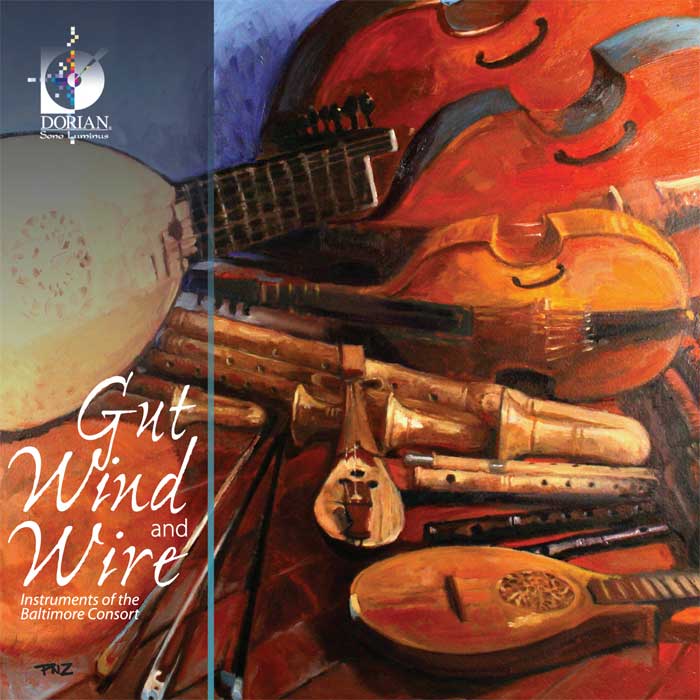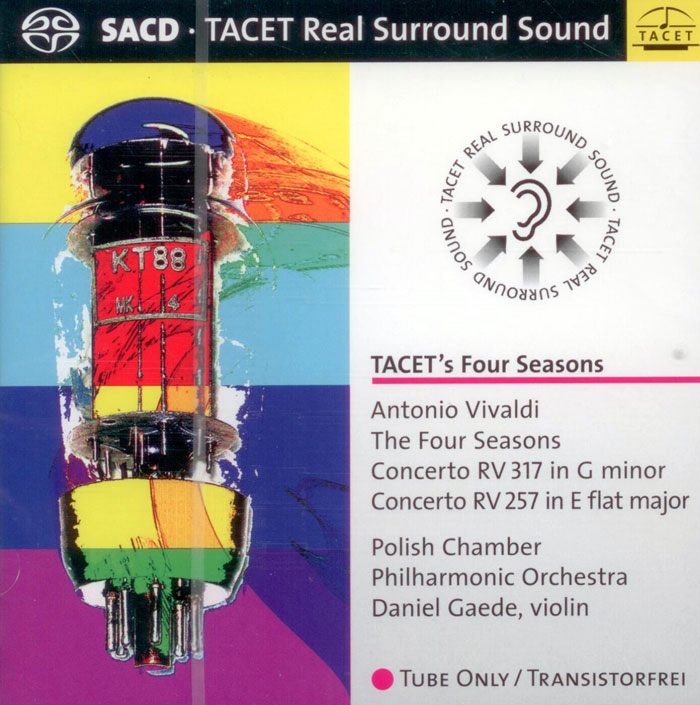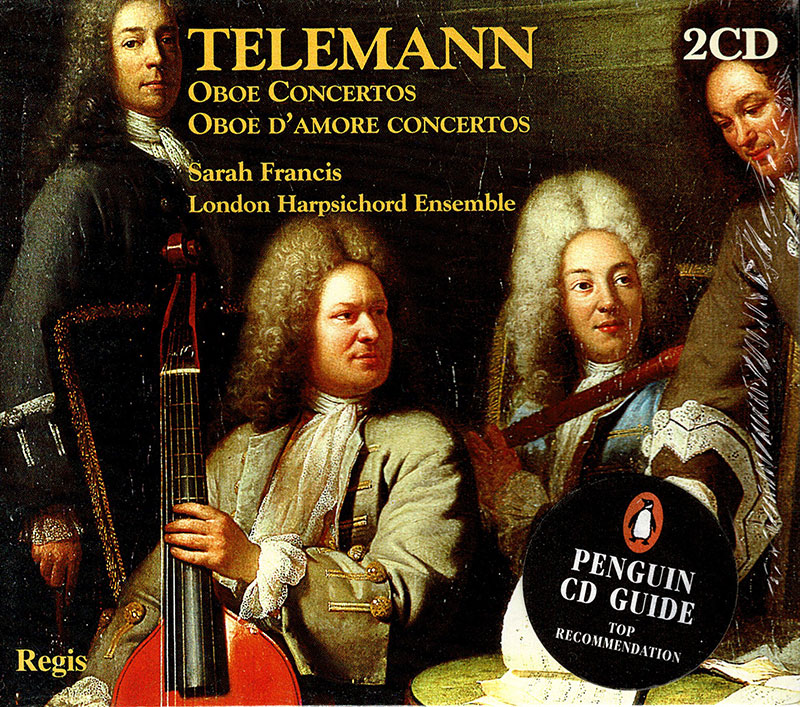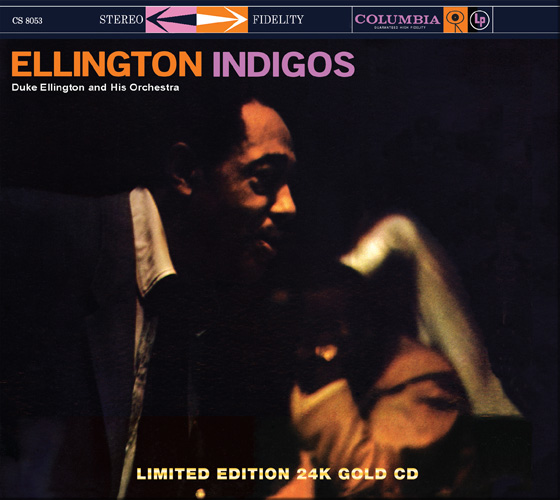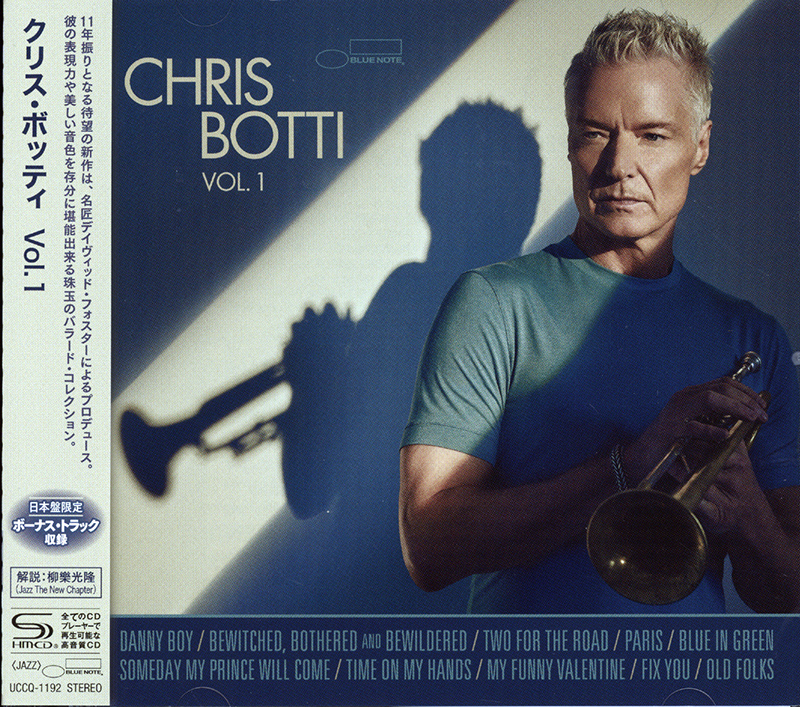Logowanie
Mikołaj - ten to ma gest!
Miles Davis, Horace Silver, Jay Jay Johnson, Percy Heath, Kenny Clarke, Lucky Thompson
Walkin'
20bit K2Super Coding - ale jak to brzmi!
Kasety magnetofonowe
Winylowy niezbędnik
ClearAudio
Double Matrix Professional - Sonic
najbardziej inteligentna i skuteczna pralka do płyt winylowych wszelkiego typu - całkowicie automatyczna
Instruments of the Baltimore Consort
Gut, Wind and Wire
- Gut, Wind, and Wire DSL-90601
- 01. - Scotch Cap (1:56)
- 02. - Galliard d'escosse (0:36)
- 03. - Laroque Galliard (1:16)
- 04. - Alemande de Liege (1:29)
- 05. - Doun in yon bank (1:51)
- 06. - The Canaries (0:52)
- 07. - Canaries (1:41)
- 08. - All in a Garden Green (1:57)
- 09. - Parsons Farewell (1:51)
- 10. - Beggar Boy (1:54)
- 11. - John Come Kiss Me Now (1:32)
- 12. - Newcastle (1:52)
- 13. - Branle double (0:50)
- 14. - Branle de Montirande (0:54)
- 15. - Branle de la torche (1:28)
- 16. - Johnny Faa (1:01)
- 17. - Chanter's Song (0:58)
- 18. - O'Keefe's Slide (1:21)
- 19. - Sixpenny Money (0:35)
- 20. - Ten Penny Bit (0:35)
- 21. - Clare Jig (1:17)
- 22. - Sycamore (4:26)
- 23. - Indigo Road (3:14)
- 24. - My Lord of Oxenford's Maske (1:45)
- 25. - The Queen's Treble (1:55)
- 26. - Bianco Fiore (0:56)
- 27. - Catena d'amore (1:28)
- 28. - So ben mi ch'ha bon tempo (1:38)
- 29. - Joyne Hands (1:27)
- 30. - Paven (1:40)
- 31. - Galliard (1:21)
- 32. - Green Garters (2:38)
- 33. - Pentland Hills (2:09)
- 34. - Whip my Toudie (1:45)
- 35. - Remember me at Evening (1:56)
- 36. - A Scot's Tune (2:08)
- Instruments of the Baltimore Consort - orchestra
Fascinated by the variety of timbres that instruments can produce, Renaissance musicians developed a wide variety of sound colors, ranging from the almost vocal sound of the bowed strings to the chirpy, bird-like sound of the high winds, the twang of the wire-strung cittern, and the buzz of the crumhorns. The sixteenth century musician’s love of variety can be seen in the vast array of instruments imitated by organ stops of the period, by surviving instruments and pictures of instruments, and also by eyewitness accounts of the cornucopia of instruments used to provide music for the lavish banquets of royalty. When a group of instruments is played together, whether they be all of the same family or different, a “consort” is formed. In true English Consort style, the Baltimore Consort, America’s most popular early music ensemble, mixes instruments from different families, The Baltimore Consort was founded to perform instrumental music of Shakespeare’s tie. Although later joined by a singer, the group’s experience of rehearsing purely instrumentally forged its identity as an ensemble dedicated to exploiting the diverse sound colors offered by gut – and wire- strung plucked and bowed strings and transverse and end-blown flutes and recorders, capped reeds and percussion. Hence their newest release: Gut, Wind and Wire. Having expanded upon the musical arrangements of Shakespeare’s contemporaries, The Baltimore Corsort enjoys returning to its origins - the English music for broken consort. The result is music that is an inspiration and a joy, just as it was for listeners in 1600, as witnessed by a poem on the power of music by Richark Edwards: Where gripinge Grefes the hart would wounde And dolefulle dumps the mynde oppresse. There Musick with her silver sond Is wont with spede to give redresse. Of troubled minde for every sore. Swete Musick hath a salve therfore This recording will give the Baltimore Consort listeners an overview of its instrumental repertory for the last 26 years.































